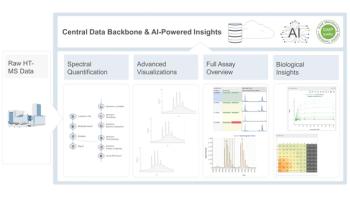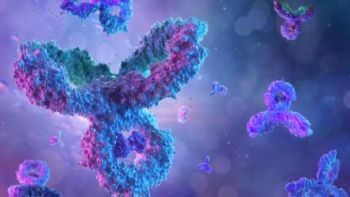
AQbD Approach Improves Development of LC-MS/MS Method for Hypertension Drug Analysis
Using an Analytical Quality by Design approach, scientists recently identified impurities in a pharmaceutical product for hypertension treatment.
Researchers at the Universidade de São Paulo in São Paulo, Brazil have developed an analytical method using an Analytical Quality by Design (AQbD) approach to identify impurities in a pharmaceutical product for hypertension treatment. The findings were published in the journal Talanta (1).
The AQbD approach is a scientifically-based alternative to the traditional one factor at a time (OFAT) method of analytical development. The AQbD approach allows for regulatory flexibility and ensures reliable results throughout the life of the product. The AQbD approach is a systematic methodology used to develop robust analytical methods with enhanced quality, reliability, and reproducibility. It involves the identification and control of critical method parameters (CMPs) that can impact the method performance. AQbD uses statistical and mathematical tools to optimize the CMPs to achieve a target method performance. This approach improves the method's overall quality and reduces the need for post-validation method adjustments.
The researchers used the AQbD approach to develop an analytical procedure for a pharmaceutical product containing Losartan Potassium and Hydrochlorothiazide, which is considered a potential first-line treatment for hypertension. The first stage of the analytical development involved defining an analytical target profile and conducting a bibliographic survey of the physicochemical properties of the molecules.
Statistical tools for design of experiments (DoE) were used for the screening and optimization steps. The researchers used the Plackett-Burman design for the screening stage and the experimental design of a central composite for the optimization stage.
The researchers identified an unknown degradation product of Hydrochlorothiazide formed by the reaction with lactose, which is an excipient present in the drug formulation. The method was found to be applicable both to DAD detectors and to spectrometry and mass detectors. The forced degradation study proved that the method is indicative of stability, in addition to being validated and robust for its purpose.
The optimized analytical conditions were defined, including a 0.3% formic acid gradient as eluent A and a mixture of acetonitrile and methanol (80:20) as eluent B. The researchers used an X-Bridge C18 chromatographic column with a column temperature of 40 °C, flow rate of 1.3 mL/min, and an injection volume of 10 μL.
The researchers’ findings demonstrate that the AQbD approach is a more robust, economical, and scientifically-based alternative to traditional analytical development methods. This new approach allows for regulatory flexibility and ensures reliable results throughout the life of the product. The method developed in this study can be used to identify impurities in the pharmaceutical product of association of Losartan Potassium and Hydrochlorothiazide, and can be applied both to DAD detectors and to spectrometry and mass detectors.
Reference
(1) Rocha, A. L.; Lourenço, F. R. Development and optimization of a LC-MS/MS compatible method for quantification of losartan, hydrochlorothiazide and their impurities using AQbD approach and measurement uncertainty evaluation. Talanta 2023, 259, 124481. DOI:
Newsletter
Join the global community of analytical scientists who trust LCGC for insights on the latest techniques, trends, and expert solutions in chromatography.





